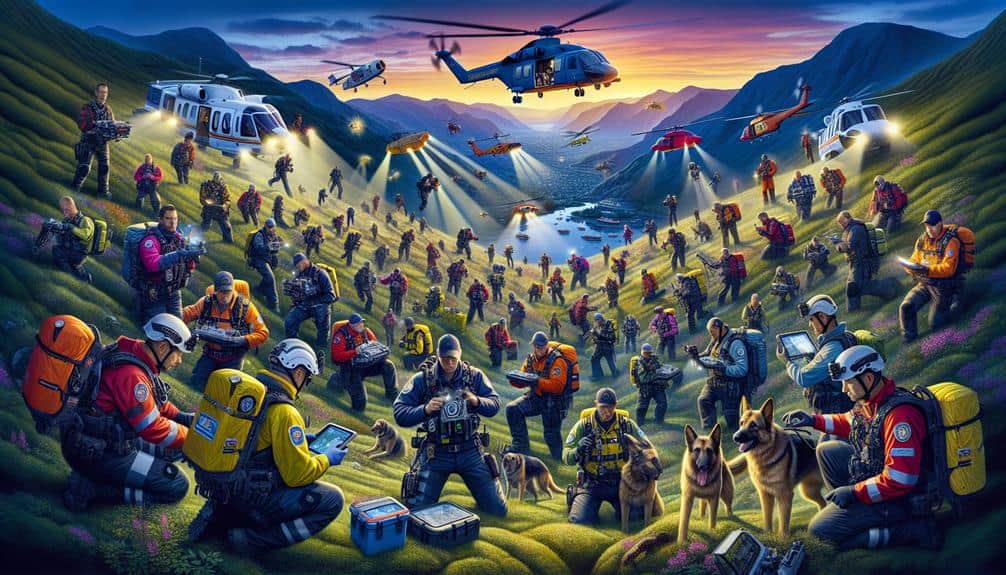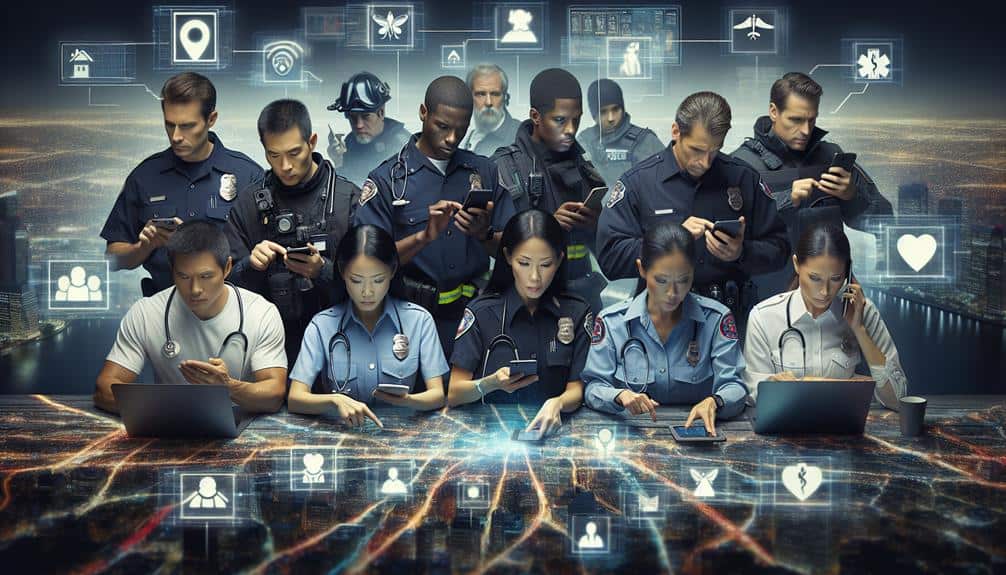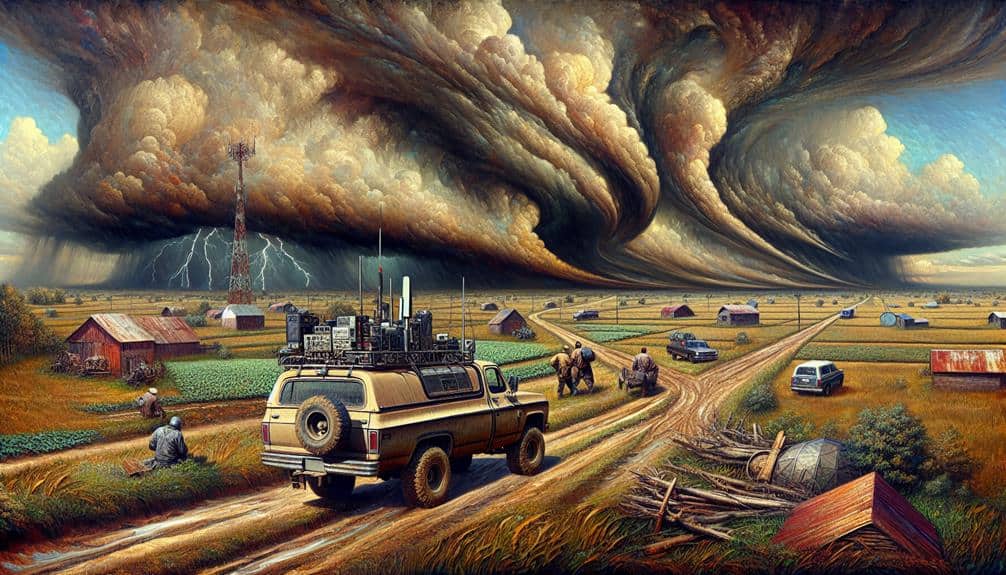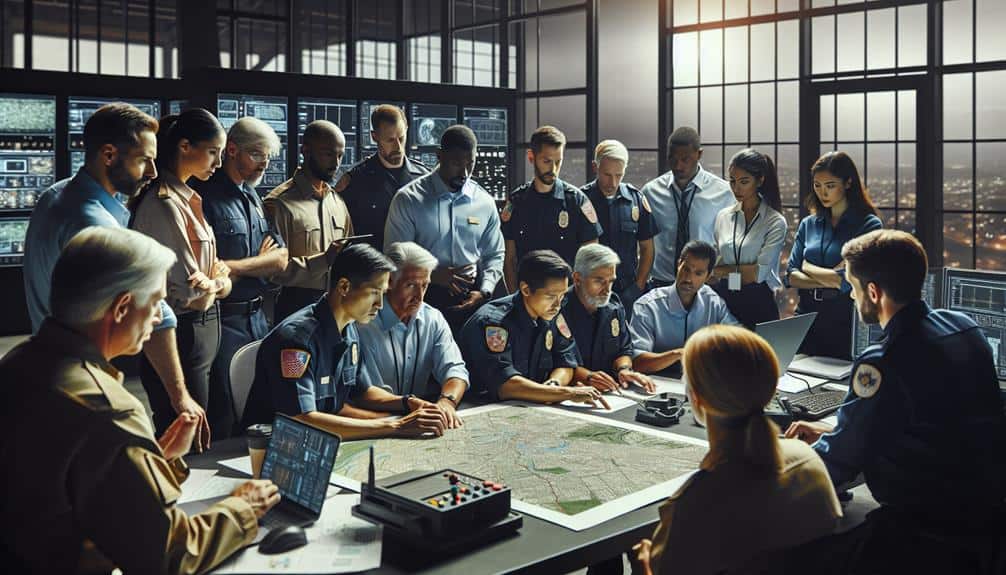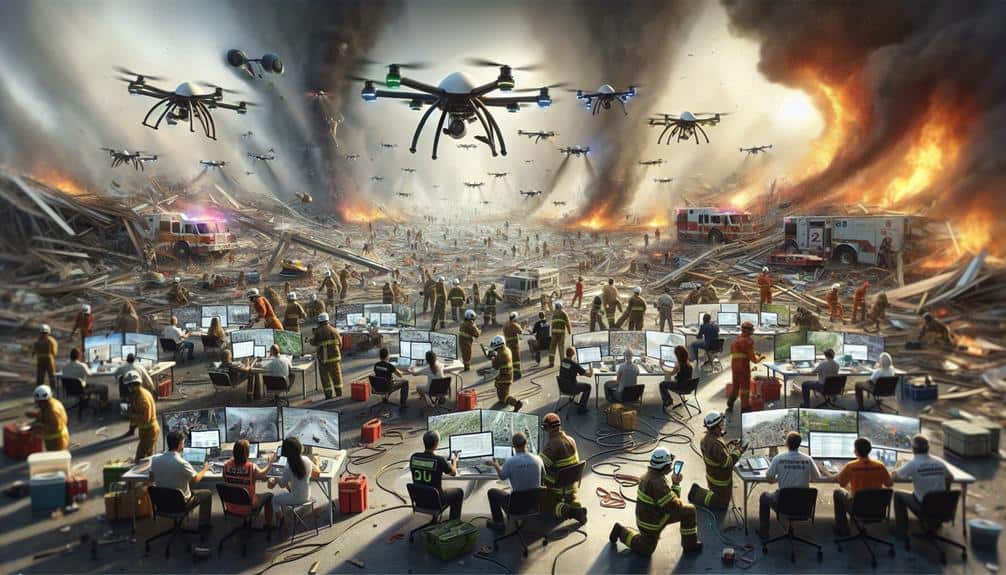The Influence of Climate Change on Emergency Response Coordination
We can't overlook that climate change is significantly impacting how we coordinate emergency response efforts. With the frequency of severe storms more than doubling in the past two decades, our strategies must evolve. We need resilient communication systems to guarantee seamless coordination. Real-time data integration, AI, and interoperable platforms are key for efficient resource allocation. […]
The Influence of Climate Change on Emergency Response Coordination Read More »



